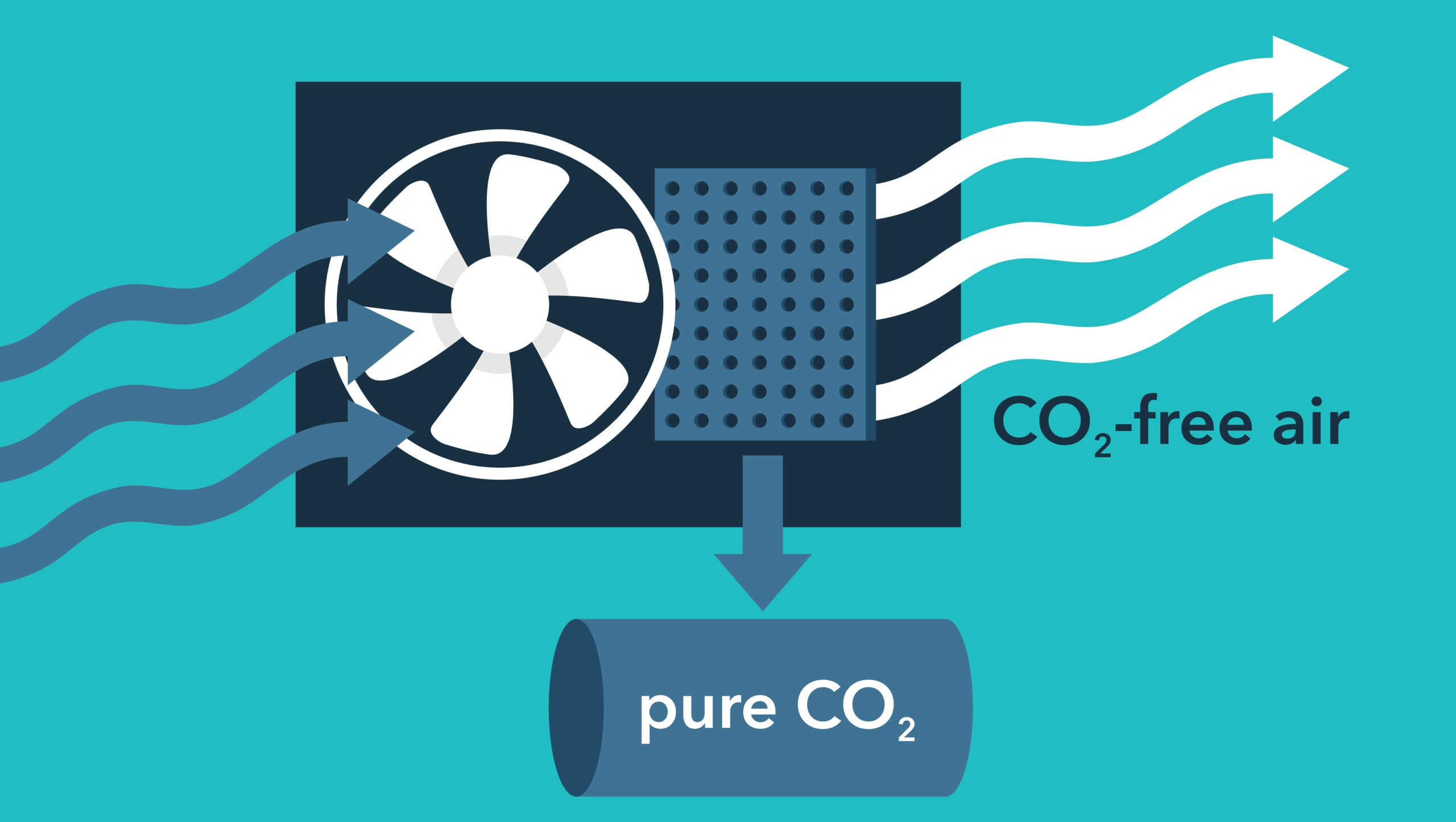Covalent Organic Frameworks (COFs) have been making waves in the world of material science and gas separation research. These porous crystalline materials, assembled from organic building blocks, hold promise in applications ranging from carbon capture to fuel purification. To truly unlock the potential of COFs, we need advanced techniques that can provide instantaneous and precise feedback on their performance. Enter the Hiden HPR-40 DSA (Dissolved Species Analyzer) system with a twist — the regular HPR-40 membrane inlet gets a swap, making it an ideal tool for COF characterization. Let’s dive deeper into how this system can revolutionize COF research.

A Glimpse into the Hiden HPR-40 DSA System:
The Hiden HPR-40 DSA is a mass spectrometer designed primarily to measure dissolved gases in liquids, which is crucial for applications like analysing fermentation processes or corrosion studies. By default, the HPR-40 employs a membrane inlet system that selectively allows gases (but not liquids) to enter the spectrometer. The main advantage? Real-time analysis of gas composition without the need for sample preparation.
While the default HPR-40 40 DSA membrane is great for its designated applications, for COF studies, a specialized inlet system that can handle the unique challenges presented by these materials is necessary. Given the porous nature of COFs and the importance of gas permeability in evaluating their effectiveness, a modified inlet system can enhance the efficiency and accuracy of the measurements.
Advantages of Real-time Mass Spectrometry:
- Instant Feedback: The traditional methods of characterizing COFs can be time-consuming. With real-time mass spectrometry, researchers can obtain immediate feedback on the COF’s gas separation performance.
- Fine-tuning the COF Structure: The ability to get instant results allows scientists to make on-the-fly adjustments, leading to rapid iterations in COF design and synthesis.
- Monitoring Degradation: Over time, COFs can degrade, impacting their efficiency. Using the HPR-40 DSA system, this degradation can be tracked in real-time, providing insights into the COF’s stability.
- Precision: The Hiden HPR-40 DSA system offers high precision, allowing for sub ppb detection for changes in gas composition, essential for understanding the nuances of COF performance.
Conclusion
The Hiden HPR-40 DSA system, when tweaked with a modified membrane inlet, emerges as a formidable tool in the arsenal of researchers working on COF development. By leveraging real-time mass spectrometry, this system not only streamlines the research process but also provides a depth of understanding previously hard to achieve. As the world grapples with environmental challenges and the quest for more efficient materials, tools like the Hiden HPR-40 DSA will undoubtedly play a pivotal role in driving innovation and breakthroughs.
Contact a member of Hiden Analytical today to learn more about the HPR-40 DSA.

